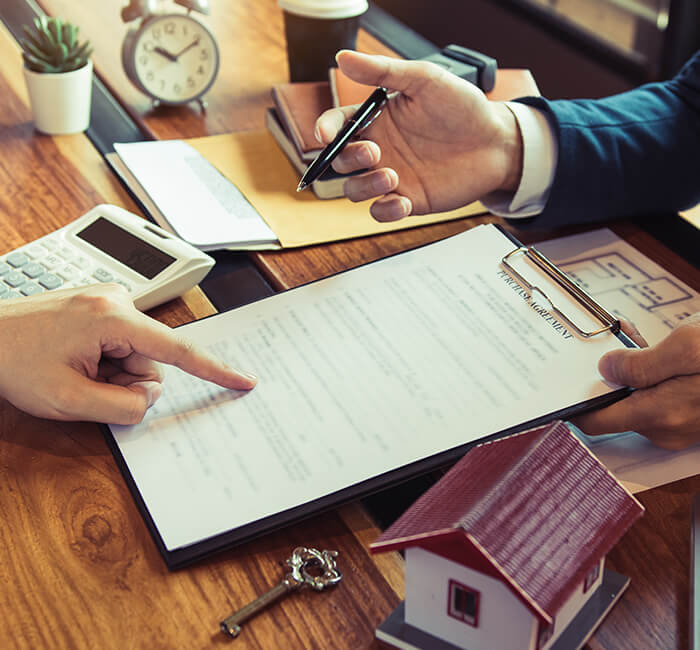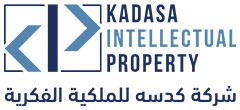Patent Filing and Prosecution Services in Saudi Arabia and the GCC
Turning an idea into a legally protected invention begins with a clear understanding of the patent process – from identifying the invention to securing its rights through registration.
At Kadasa Intellectual Property (KIP), we guide clients through every stage of patent filing and prosecution in Saudi Arabia, the GCC and international jurisdictions, ensuring that each innovation receives the protection it deserves.
Our process begins with invention identification – helping innovators, research teams and corporations determine which ideas meet the legal standards of novelty, inventiveness and industrial applicability. Through structured audits, technical assessments and thorough documentation of concept development, we ensure each invention is positioned for successful registration.
Before filing, our attorneys conduct comprehensive prior art searches and landscape studies using international databases such as WIPO, Espacenet and USPTO. This ensures the invention’s uniqueness and helps refine its technical scope for stronger future protection.
Once validated, our patent specialists draft and prepare the patent application, emphasizing the invention’s critical differentiators and innovative advantages. Applications are tailored to the specific requirements of the Saudi Authority for Intellectual Property (SAIP), including translation into technical Arabic, and may be filed through national, regional (GCC), or international (PCT) routes, depending on the client’s market strategy.
During prosecution, KIP manages all correspondence with patent examiners – addressing formal and substantive examination reports, responding to objections, and making precise amendments where necessary. Our attorneys also represent clients in appeals and opposition proceedings, ensuring that every invention is properly defended at each stage.
A granted patent is valid for 20 years from the filing date, provided annual maintenance fees are paid. Once issued, it grants the owner exclusive rights to make, use, sell or import the invention.
At KIP, we ensure that every invention is not only registered but strategically positioned to deliver lasting commercial value across Saudi Arabia and the GCC.

